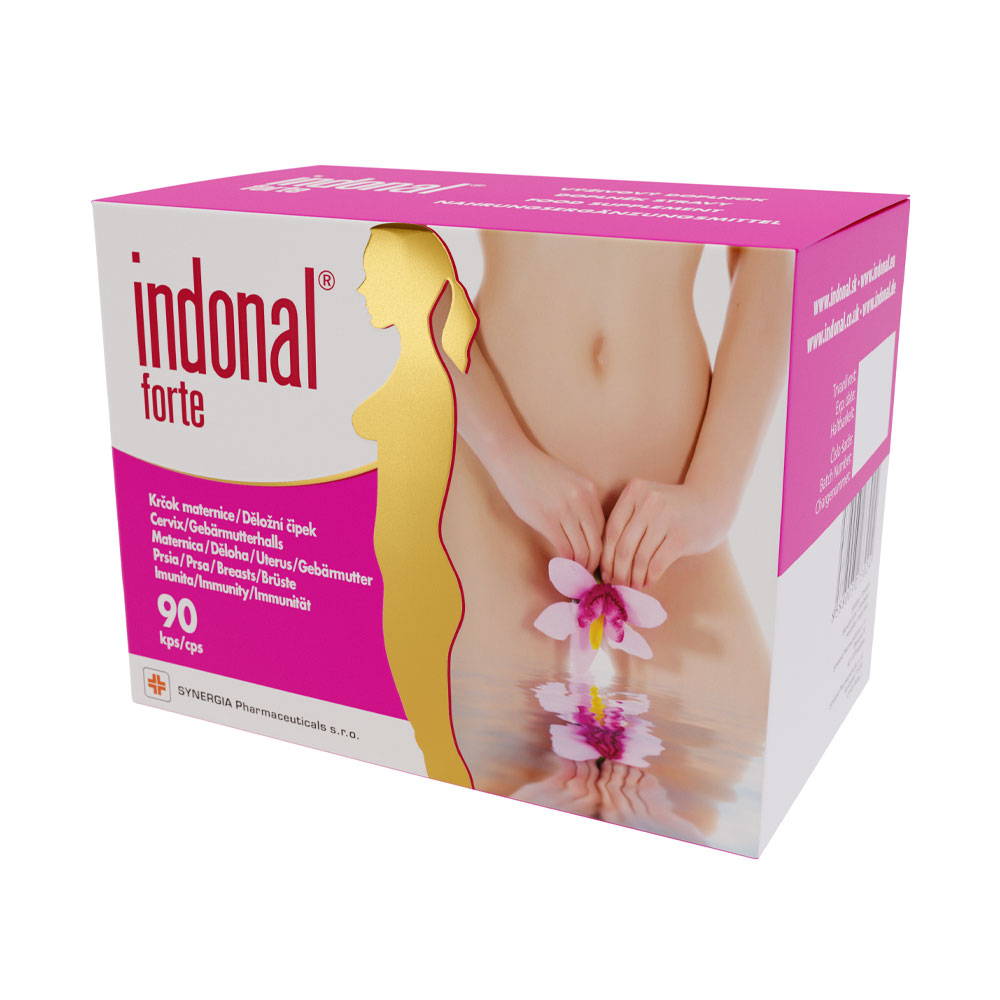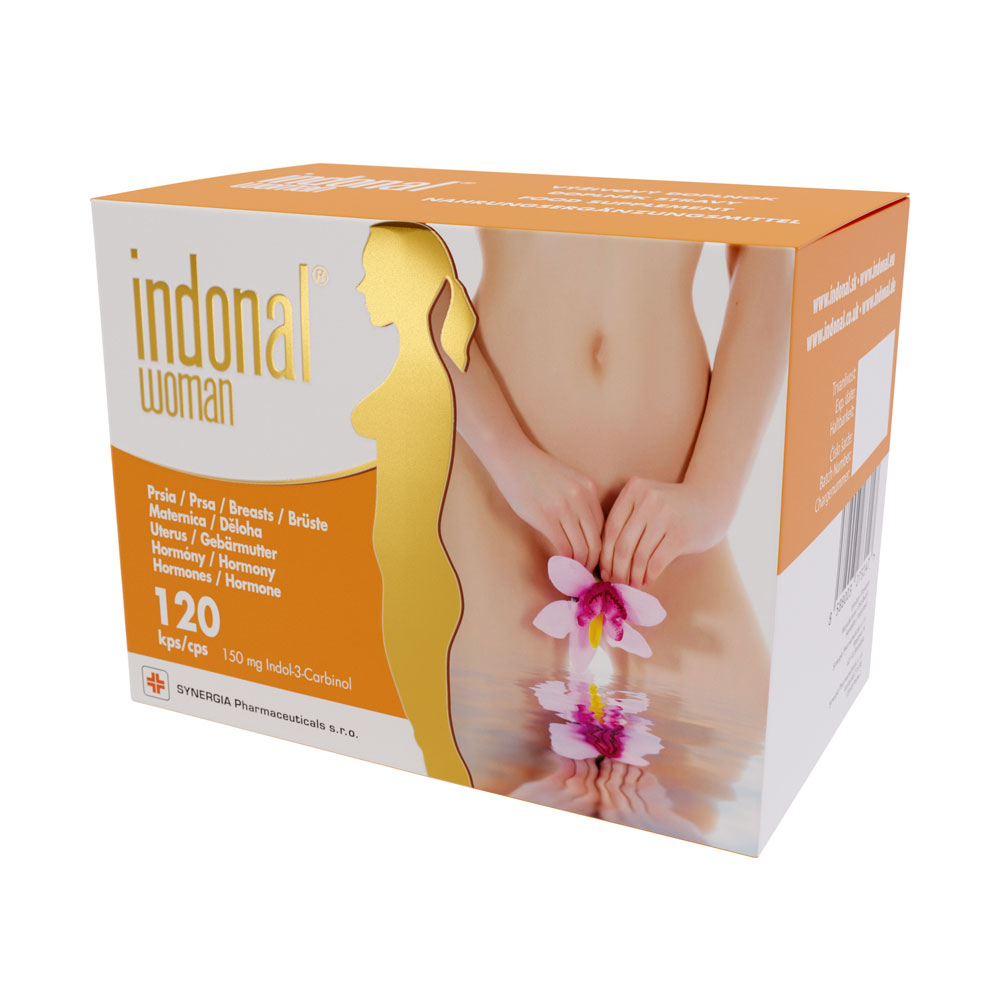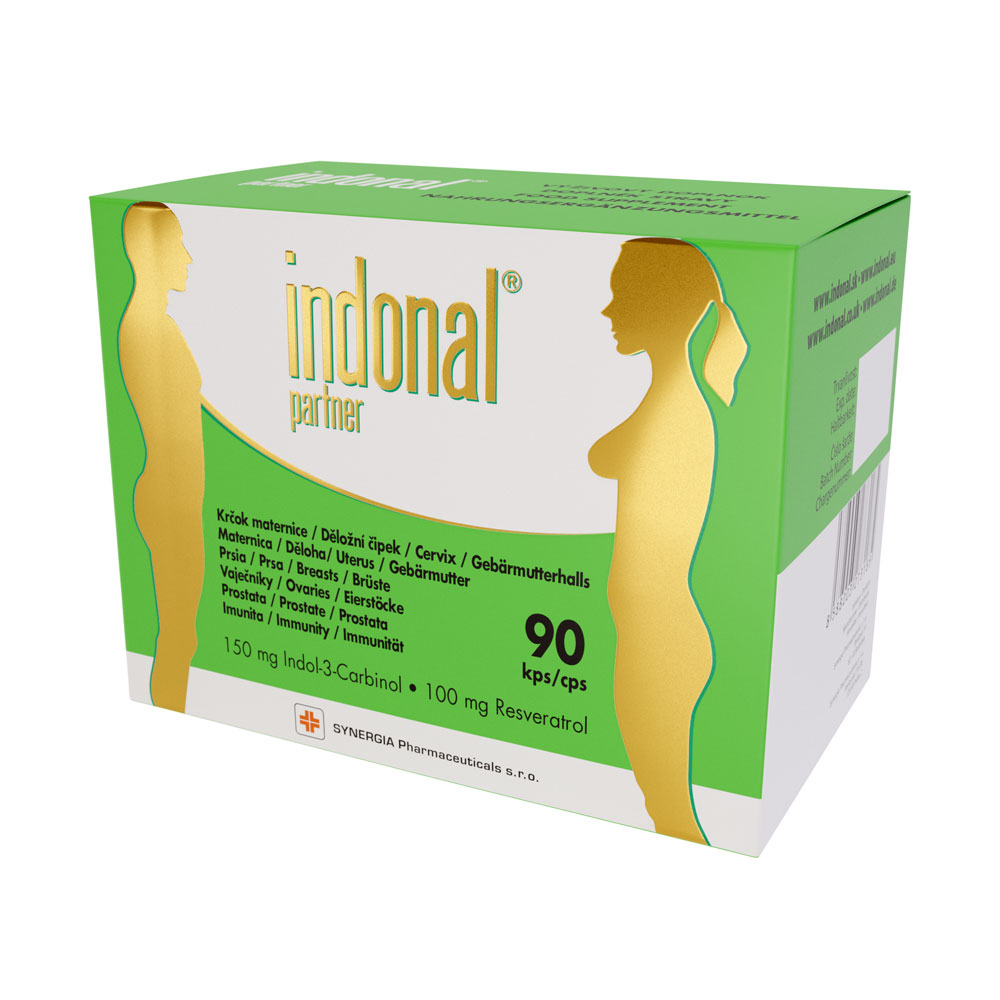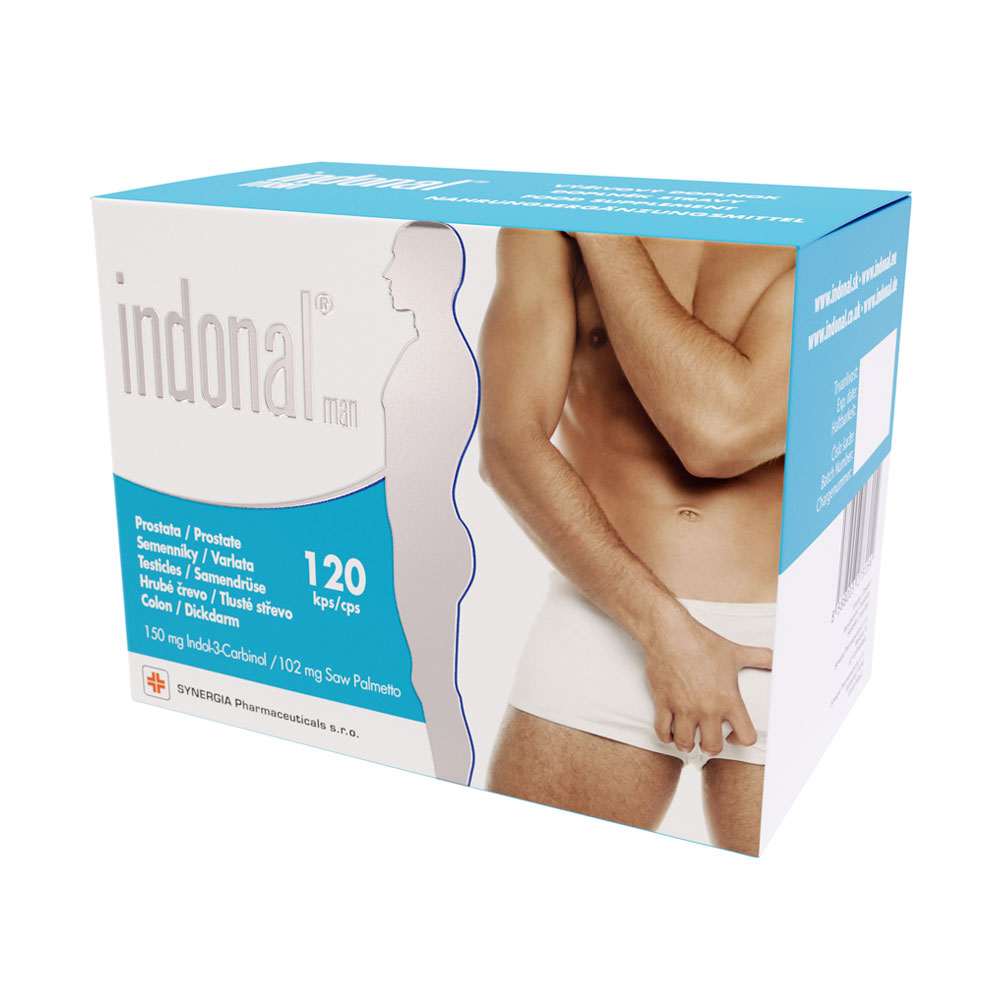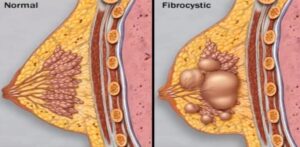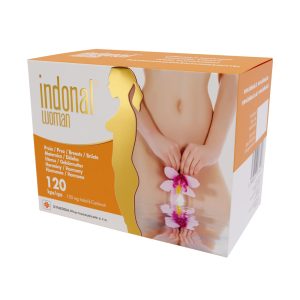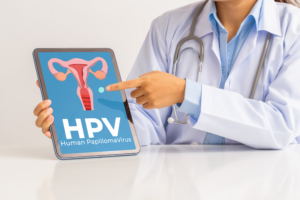Fibrocystic breast disease, also known as fibrocystic mastopathy, is a non-cancerous condition of the breast characterized by the formation of cysts and fibrotic changes in the breast tissue. These changes can include fibrocystic areas, fibrous nodules, or cysts. This condition affects many women and can cause various symptoms, including pain, tenderness, and uncomfortable changes in the breasts.
Fibrocystic Mastopathy
Fibrocystic mastopathy is a condition characterized by the formation of cystic (fluid-filled) areas and fibrotic (hard) tissues in the breasts. These changes are a response to hormonal fluctuations in the body that occur during the menstrual cycle. Symptoms of fibrocystic mastopathy may include pain, tenderness, or swelling in the breasts. These symptoms can be most pronounced just before menstruation.
Fibrocystic Mastopathy: Causes, Symptoms, and Management
Fibrocystic mastopathy, also known as fibrocystic breast disease, is a non-cancerous condition of the breast marked by the formation of cysts and fibrotic changes in the breast tissue. Although not considered a serious health threat, this condition can be uncomfortable and disruptive. Diagnosis typically involves a clinical examination and breast ultrasound. In some cases, a tissue biopsy may be recommended to rule out cancerous growths.
Causes and Symptoms of Mastopathy
The causes of mastopathy are often linked to hormonal changes:
- Estrogen Dominance: Mastopathy is frequently associated with a condition known as estrogen dominance, where estrogen levels are higher compared to progesterone. This imbalance leads to excessive stimulation of breast tissue, causing thickening and the formation of cysts.
- Estrogen Metabolites: Various metabolites of estrogen have different effects on breast tissue. Some metabolites, like 16-alpha-hydroxyestrone, are considered more mitogenic (promoting cell growth), contributing to the development of mastopathy. Conversely, 2-hydroxyestrone has protective effects.
Symptoms of mastopathy can vary but often include breast pain, tenderness, or swelling. Some women may also experience nipple discharge or notice lumps or nodules in the breasts. It’s crucial for women to inform their doctors of any unusual changes in their breasts during examinations.
Potential Risks of Mastopathy
While mastopathy itself is not cancerous, it can cause the development of lumps and nodules in the breasts, which may be mistaken for breast cancer. Some studies suggest that women with this condition might have a slightly increased risk of developing breast cancer. The persistent discomfort, pain, and concerns about potential cancer can lead to psychological stress and anxiety.
Effective Management of Mastopathy
One popular and effective treatment for mastopathy is Indole-3-Carbinol (I3C), a natural compound found in certain vegetables like broccoli and kale:
- Hormonal Balance: I3C promotes the conversion of estrogen to 2-hydroxyestrone, a protective metabolite with lower mitogenic activity. This helps maintain a healthy hormonal balance and reduces the risk of estrogen-dependent diseases.
- Reduction of Harmful Metabolites: I3C lowers levels of 16-alpha-hydroxyestrone, a metabolite associated with a higher risk of hormone-dependent diseases.
- Antioxidant Properties: I3C has antioxidant properties, helping protect cells from damage caused by free radicals, which can reduce inflammation and protect breast tissue.
- Inhibition of Angiogenesis: I3C may inhibit the formation of new blood vessels (angiogenesis), a process often heightened in various tumors and abnormal tissues. This can help prevent the development and growth of fibrocystic changes in the breasts.
- Cell Cycle Regulation: I3C can influence the cell cycle and promote apoptosis (programmed cell death) of abnormal cells. This mechanism is crucial for maintaining healthy tissue and preventing the proliferation of abnormal cells that could lead to problems.
Managing estrogen metabolism is key in addressing mastopathy, as hormonal imbalance, particularly estrogen dominance, plays a significant role in the development of this condition. Supporting the production of protective estrogen metabolites like 2-hydroxyestrone through compounds such as Indole-3-Carbinol can help alleviate mastopathy symptoms, reduce the risk of estrogen-dependent diseases, and promote overall breast health.
Source:
- Fentiman IS, Fourquet A, Hortobagyi GN. “Hormonal and reproductive factors in breast cancer.” Int J Cancer. 2006;118(8):1782-8.
- Kelsey JL, Gammon MD, John EM. “Reproductive factors and breast cancer.” Epidemiol Rev. 1993;15(1):36-47.
- Sitruk-Ware R. “Fibrocystic breast disease: a bilateral endocrine disorder.” J Reprod Med. 1989;34(10):749-58.
- Mansel RE, Webster DJT, Sweetland HM. “Benign Disorders and Diseases of the Breast: Concepts and Clinical Management.” Elsevier Health Sciences, 2009.
- Colditz GA, et al. “The Nurses’ Health Study: 20-year contribution to the understanding of health among women.” J Womens Health. 1999;8(1):49-62.
- Bradlow HL, et al. “Effects of Indole-3-carbinol on estradiol metabolism and spontaneous mammary tumors in mice.” Carcinogenesis. 1991;12(9):1571-4.
- Wong GY, et al. “Dose-ranging study of indole-3-carbinol for breast cancer prevention.” J Cell Biochem Suppl. 1997;28-29:111-6.
- Michnovicz JJ, Bradlow HL. “Induction of estradiol metabolism by dietary indole-3-carbinol in humans.” J Natl Cancer Inst. 1990;82(11):947-9.






